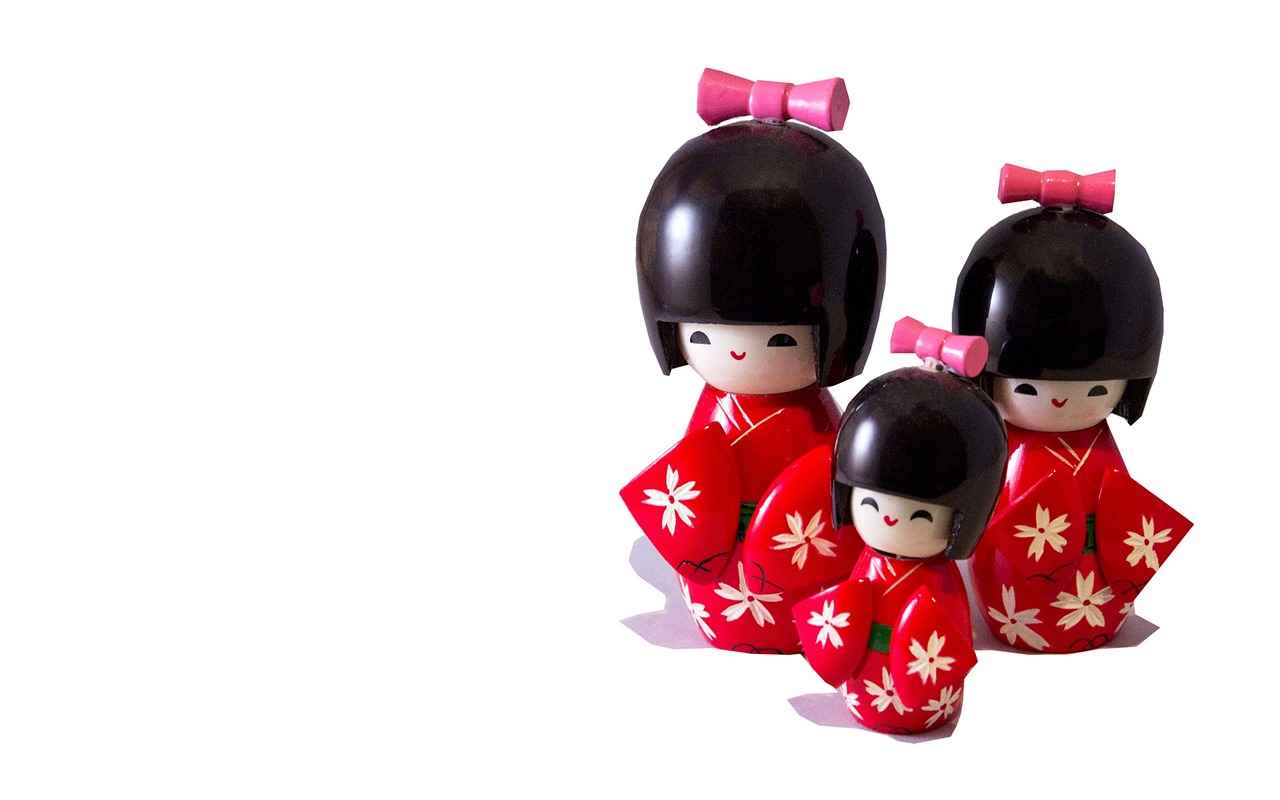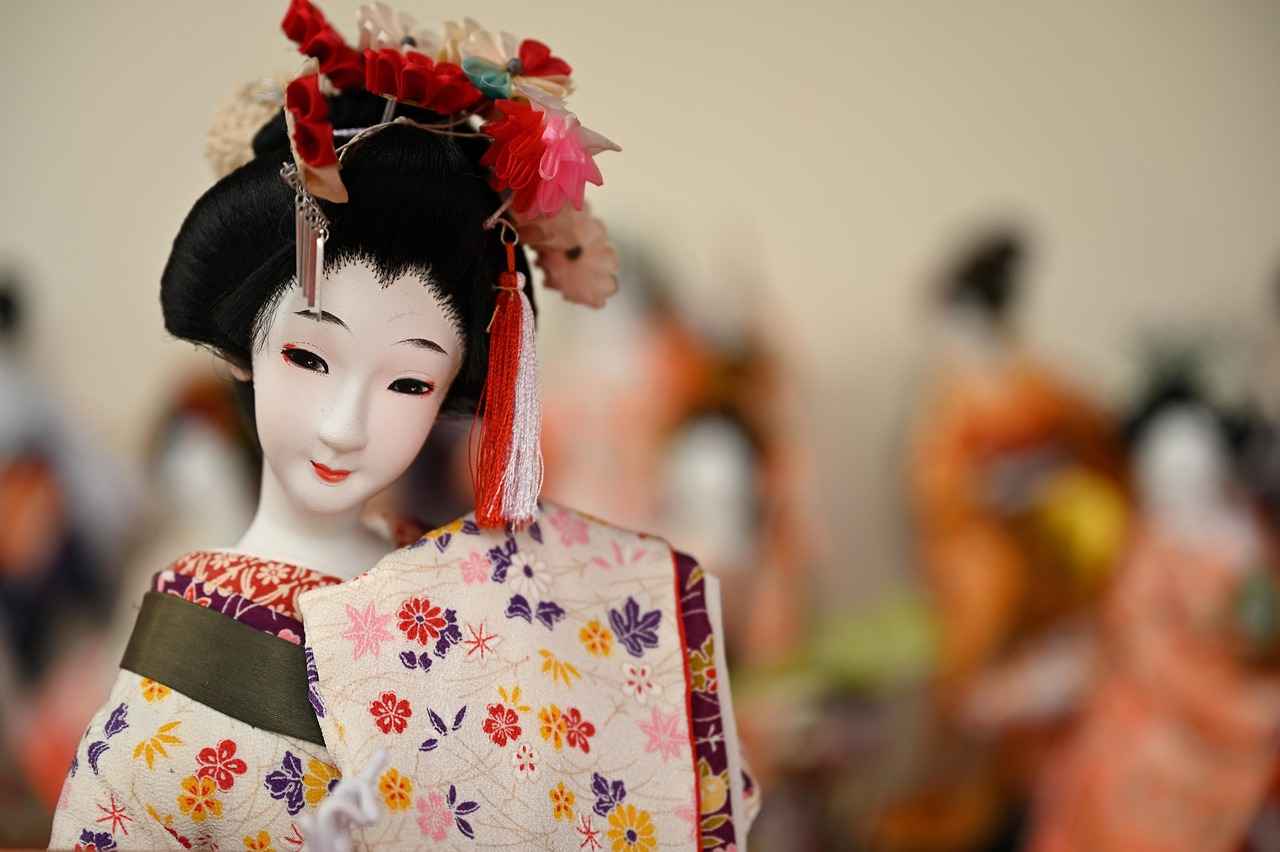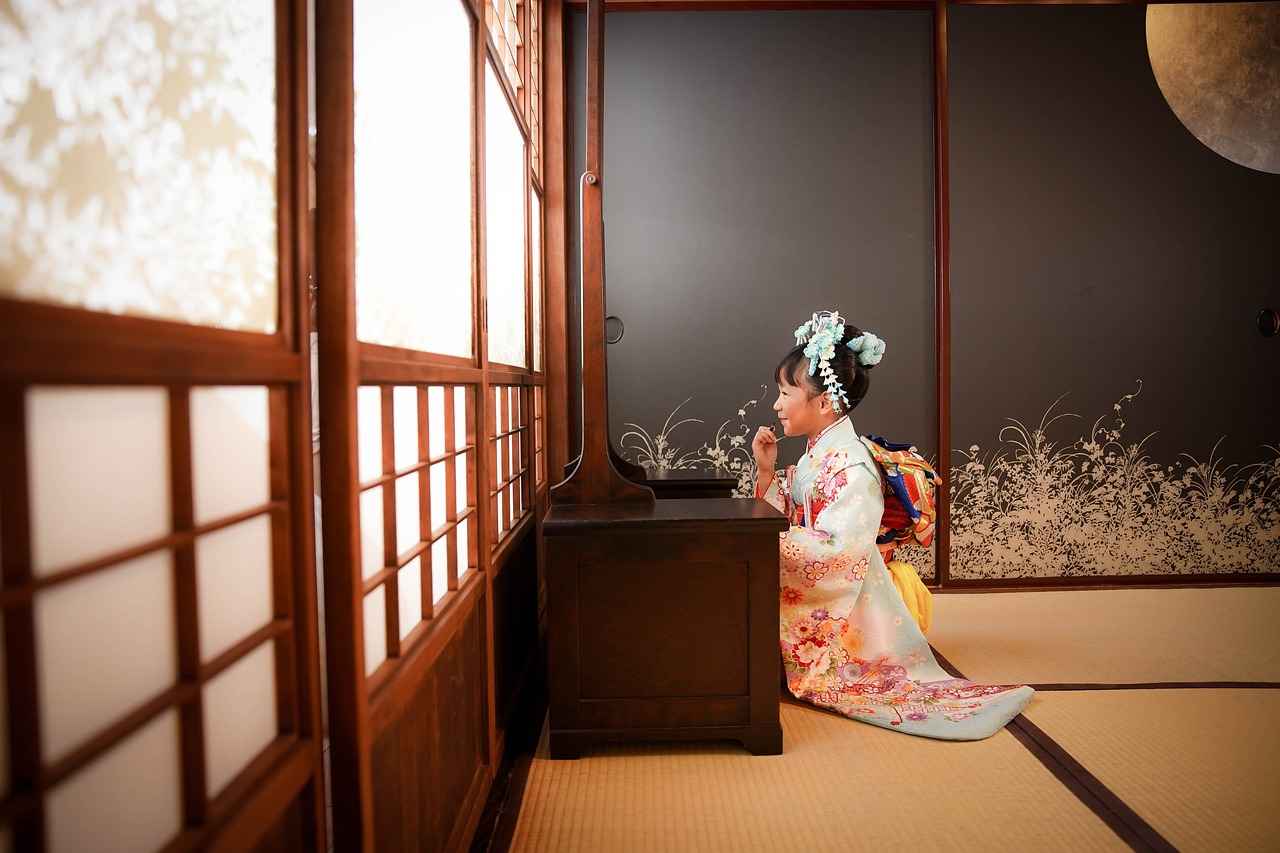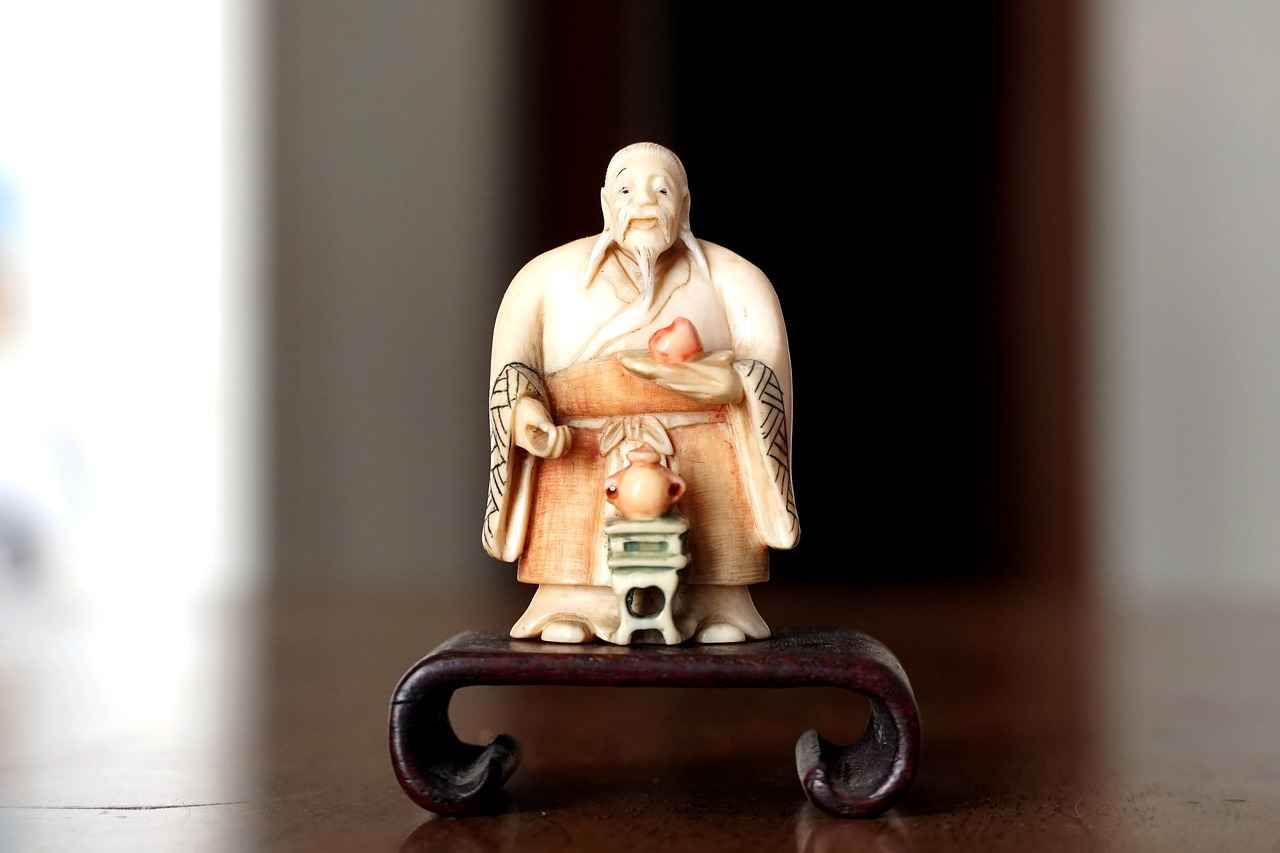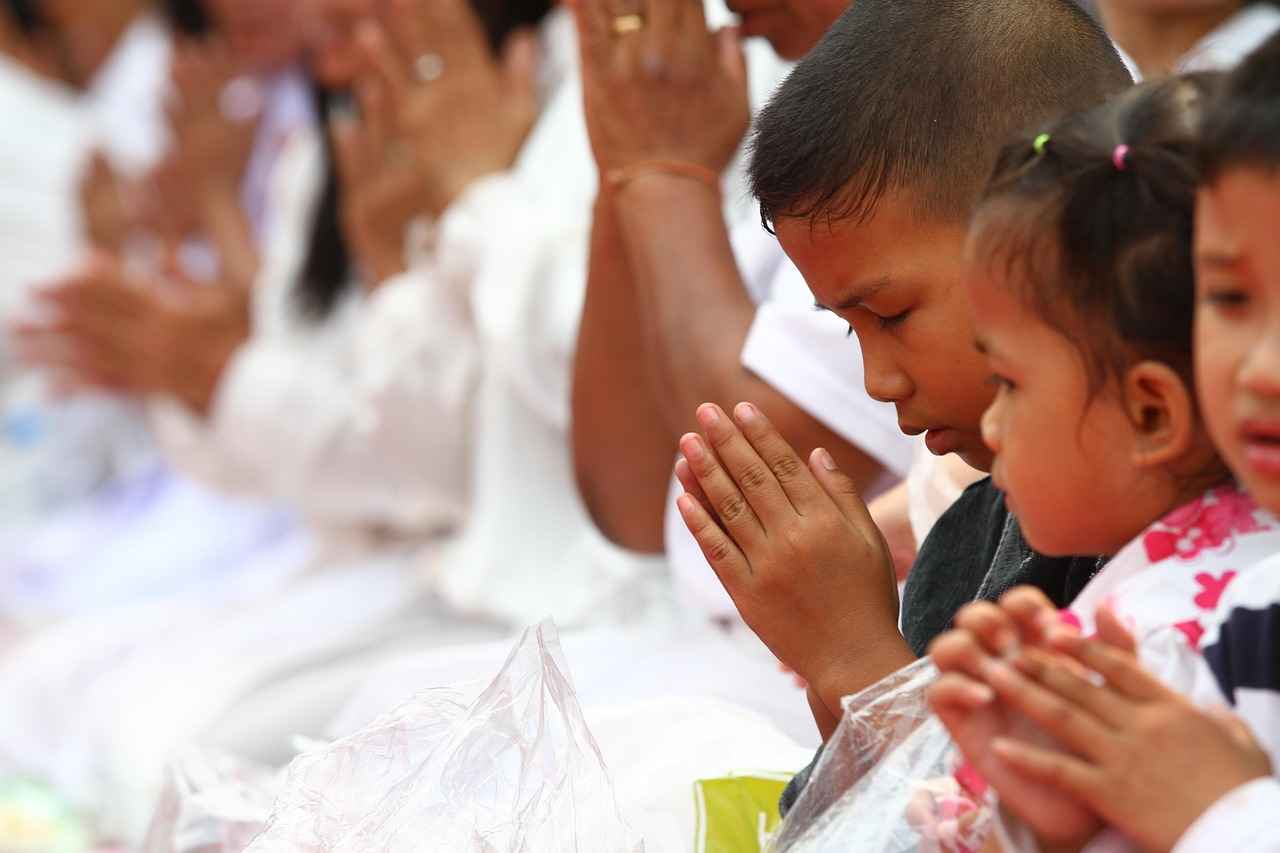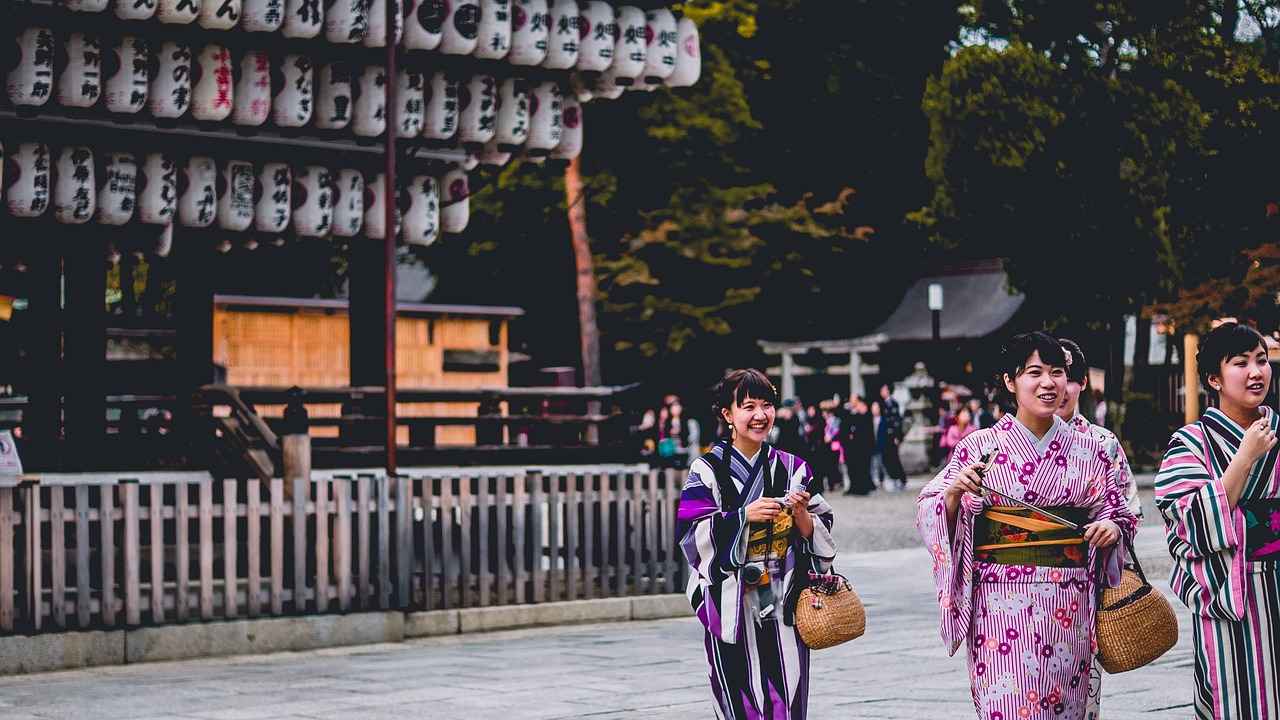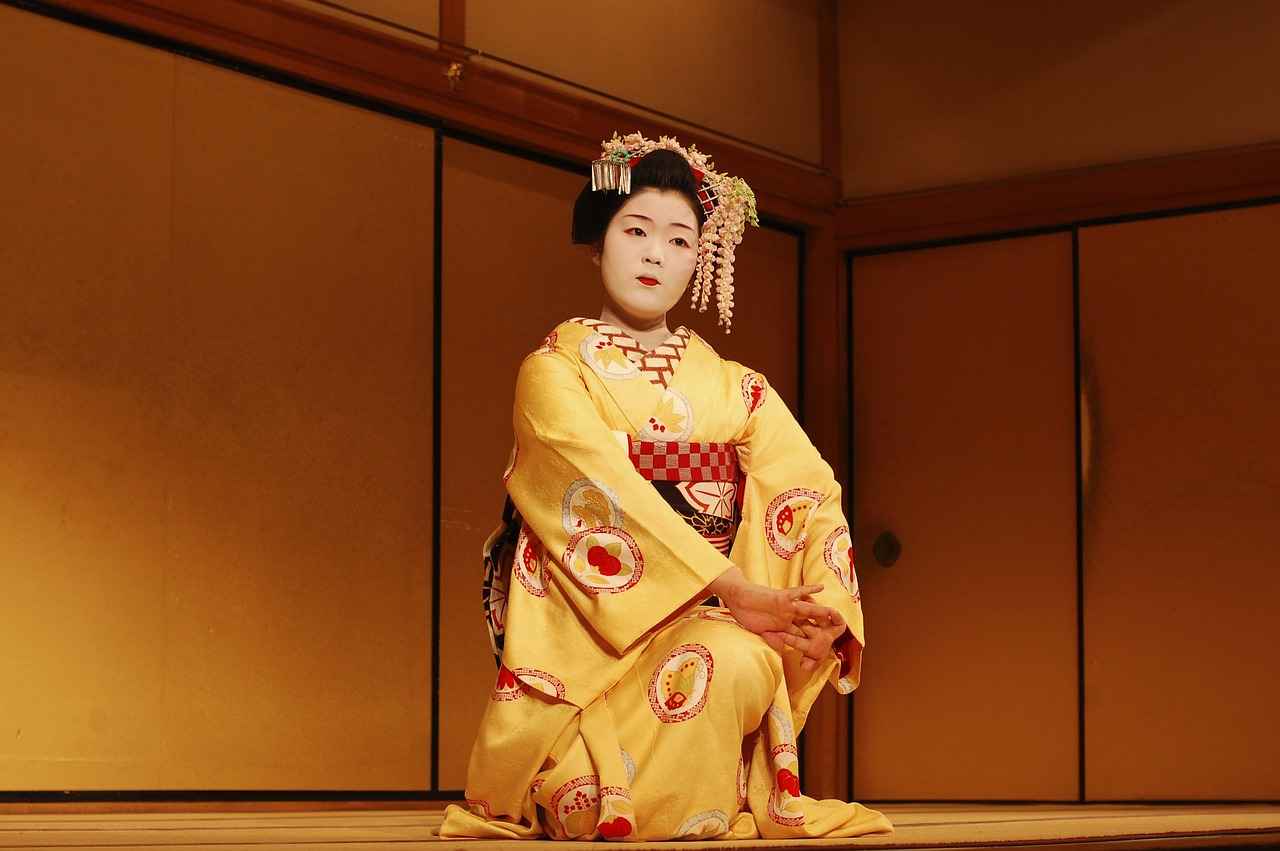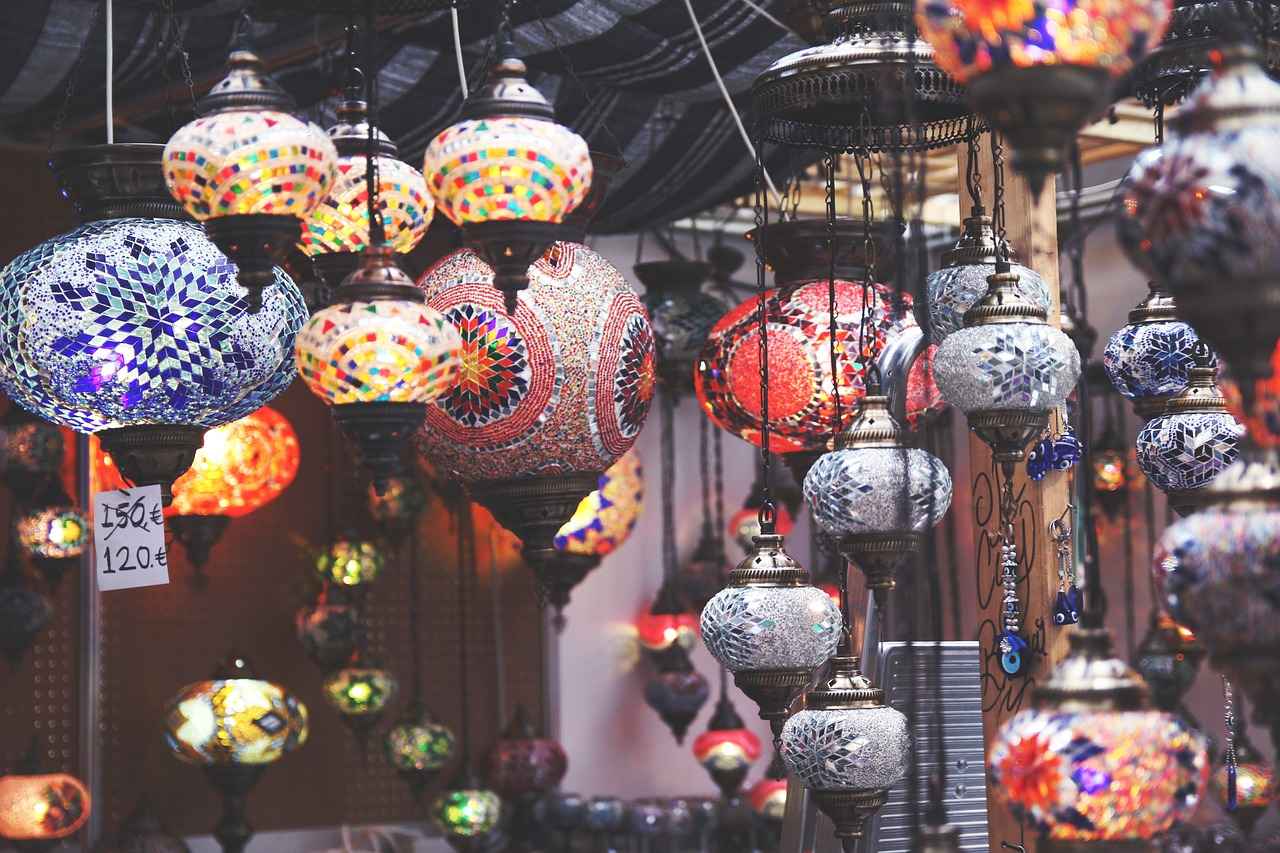This article delves into the rich history of the Kimono Tea Ceremony, highlighting its cultural significance and the intricate details that make it a cherished tradition in Japan.
Origins of the Kimono Tea Ceremony
The Kimono Tea Ceremony has its origins tracing back to the 9th century, influenced by various cultural exchanges that shaped its practices and aesthetics over centuries. Initially introduced by Buddhist monks, the ceremony evolved as a means to promote mindfulness and tranquility.
Significance of the Kimono in the Ceremony
The kimono, an iconic Japanese garment, is not just an attire but a symbol of elegance, respect, and cultural heritage. Wearing a kimono during the tea ceremony enhances the overall experience, reflecting the deep-rooted traditions of Japanese culture.
Types of Kimonos Used
- Formal Kimonos: Typically worn during special occasions, these garments signify utmost respect.
- Informal Kimonos: Suitable for casual gatherings, they still carry a sense of tradition.
Seasonal Variations in Kimono Styles
Kimono styles also reflect the seasons, showcasing the intrinsic connection between nature and Japanese culture. For instance, lighter fabrics are preferred in summer, while richer colors are favored in autumn.
Kimono Etiquette in the Ceremony
Proper etiquette is essential during the tea ceremony, emphasizing respect and mindfulness. Participants are encouraged to engage fully in the experience, fostering a sense of community and harmony.
The Role of Tea in the Ceremony
Tea serves as the centerpiece of the ceremony, embodying harmony, respect, purity, and tranquility, which are vital elements of Japanese philosophy. The choice of tea greatly influences the ceremony’s atmosphere.
Types of Tea Used
- Matcha: A finely ground powder of specially grown green tea.
- Sencha: A popular type of green tea, known for its refreshing taste.
Preparing the Tea
The meticulous process of preparing tea is considered an art form, requiring skill and precision. Each step is performed with care to ensure a delightful experience for all participants.
Cultural Impact of the Kimono Tea Ceremony
The ceremony has transcended its traditional roots, influencing various aspects of Japanese culture, art, and social interactions in contemporary society. Its principles continue to inspire modern practices and adaptations.
Influence on Japanese Arts
The aesthetics of the tea ceremony have inspired numerous forms of Japanese art, including painting, pottery, and calligraphy. This influence highlights the cultural significance of the ceremony.
Modern Adaptations of the Ceremony
In recent years, the tea ceremony has seen modern adaptations, blending traditional practices with contemporary influences to engage new audiences, ensuring the tradition remains vibrant and relevant.
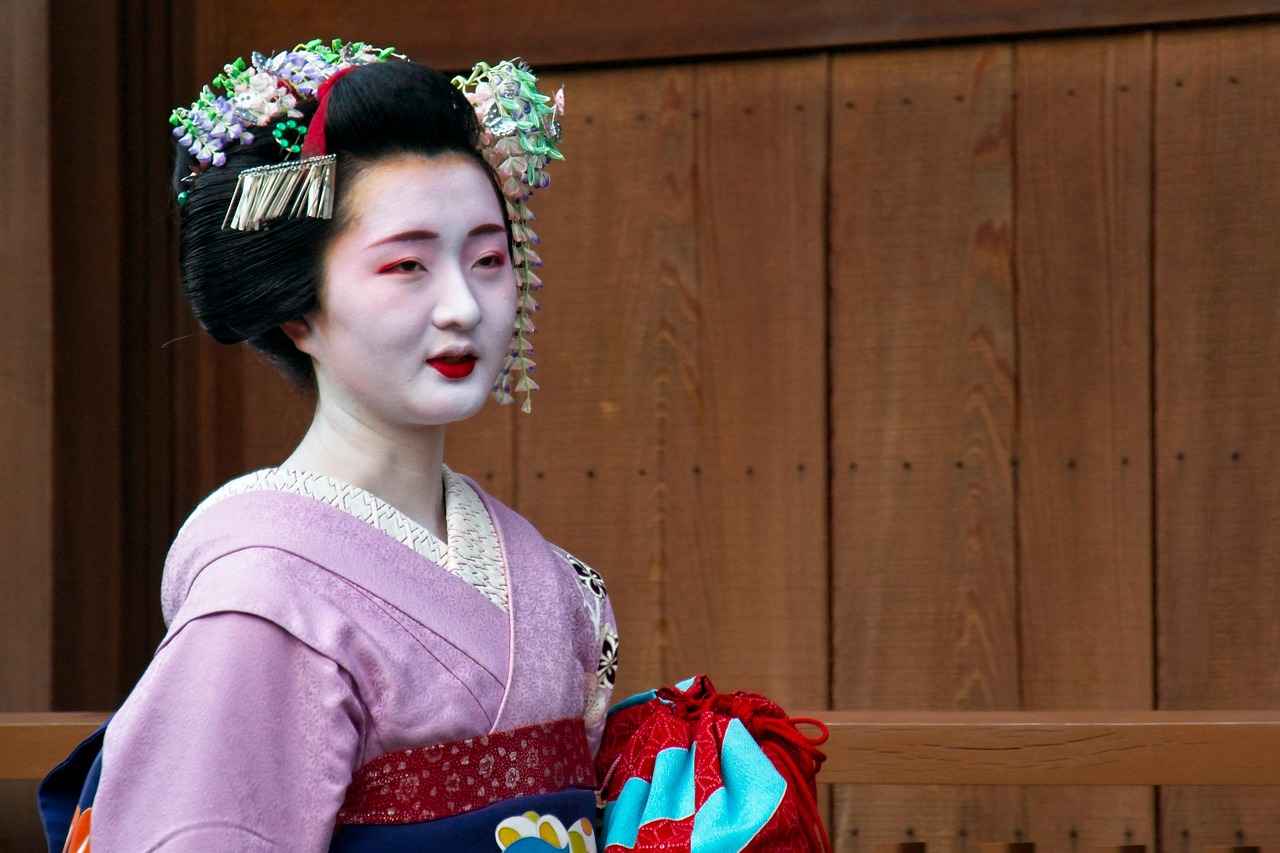
Origins of the Kimono Tea Ceremony
The Fascinating History Behind the Kimono Tea Ceremony
The Kimono Tea Ceremony represents a captivating blend of history, culture, and artistry that has evolved significantly since its inception. This article delves into the origins of the Kimono Tea Ceremony, tracing its roots back to the 9th century and examining how various cultural influences have shaped its unique practices and aesthetics.
The Kimono Tea Ceremony can be traced back to the 9th century, a period when tea was introduced to Japan from China. Initially, tea was consumed primarily by Buddhist monks for its stimulating properties during meditation. Over time, the practice of tea drinking expanded beyond religious circles, gradually incorporating elements of Japanese culture.
By the 12th century, the custom of drinking tea had gained popularity among the aristocracy, leading to the establishment of formal tea gatherings. These early ceremonies were characterized by simplicity and a focus on the beverage itself. However, as the centuries progressed, the ceremony evolved, influenced by the Zen Buddhist philosophy that emphasized mindfulness and appreciation for beauty in everyday life.
During the 15th century, the tea ceremony began to take on its current form, with the introduction of the kimono as a central element of the ritual. The kimono, a traditional Japanese garment, became a symbol of elegance and respect, reflecting the wearer’s social status and the significance of the occasion.
As the Kimono Tea Ceremony continued to develop, it absorbed influences from various cultural movements, including the Wabi-Sabi aesthetic, which celebrates imperfection and transience. This led to a greater emphasis on the beauty of simplicity and the natural world, further enriching the ceremony’s practices and aesthetics.
Today, the Kimono Tea Ceremony stands as a cherished tradition in Japan, embodying centuries of cultural evolution and serving as a reminder of the importance of mindfulness, respect, and harmony in daily life.
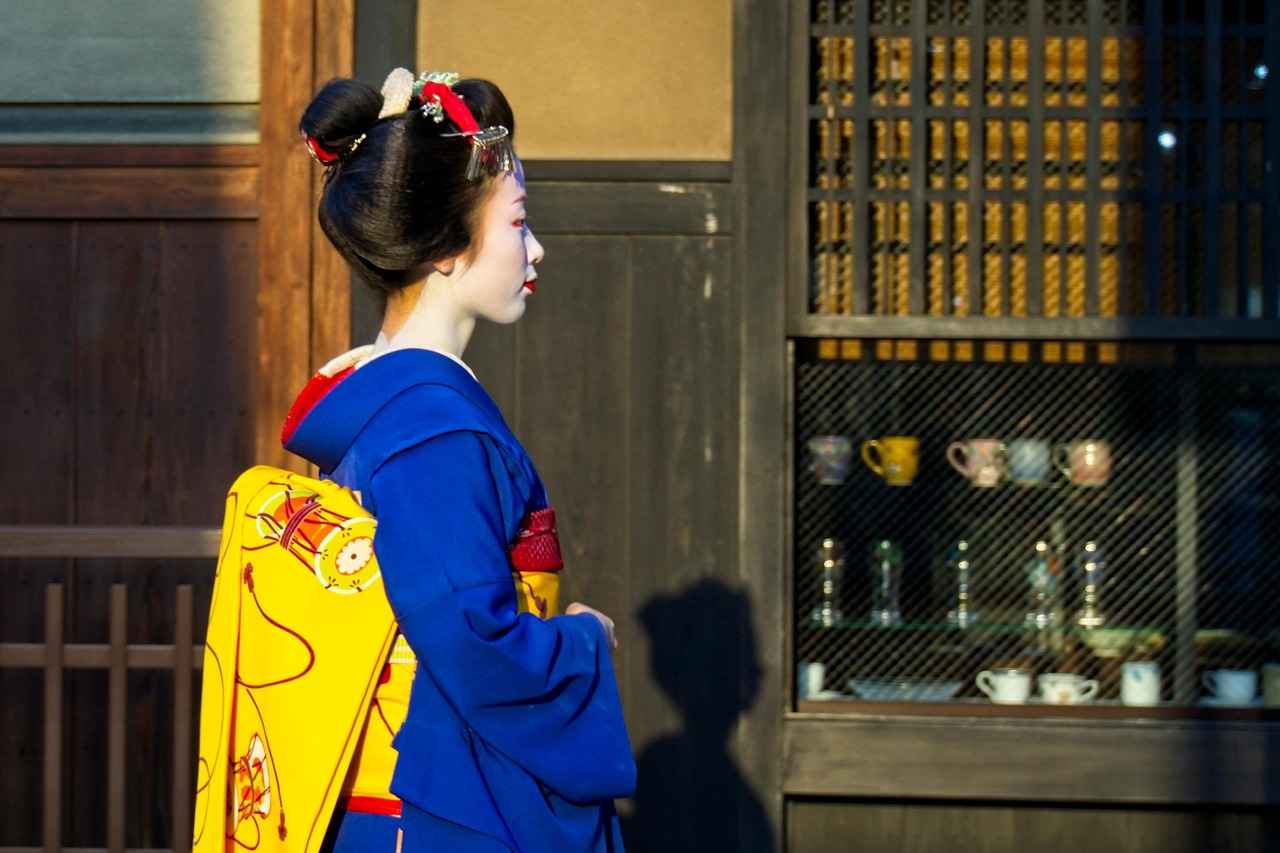
Significance of the Kimono in the Ceremony
The kimono, a traditional Japanese garment, holds immense significance in the tea ceremony, representing elegance, respect, and the rich cultural heritage of Japan. This beautiful attire not only enhances the aesthetic appeal of the ceremony but also embodies the values and traditions that are central to this revered practice.
During the tea ceremony, the choice of kimono reflects the occasion and the level of formality. For instance, a furisode, a long-sleeved kimono typically worn by young women, is often selected for celebratory events, symbolizing youth and vitality. In contrast, a tomesode, a formal kimono with short sleeves, is reserved for more solemn occasions, showcasing maturity and respect.
| Type of Kimono | Occasion | Symbolism |
|---|---|---|
| Furisode | Weddings, Coming-of-Age Ceremonies | Youth, Celebration |
| Tomesode | Formal Gatherings | Maturity, Respect |
| Yukata | Summer Festivals | Casual, Relaxation |
The intricate designs and colors of the kimono also play a vital role in conveying messages and emotions. For example, seasonal motifs are commonly depicted, celebrating the natural beauty of Japan and reflecting the changing seasons. This connection to nature is a fundamental aspect of Japanese culture, particularly in the context of the tea ceremony, where harmony and balance are paramount.
Moreover, wearing a kimono during the tea ceremony is not merely about aesthetics; it is a demonstration of mindfulness and appreciation for the ritual. The act of donning the kimono requires a thoughtful approach, as each fold and accessory is meticulously arranged to embody grace and respect for the tradition.
In conclusion, the kimono serves as a powerful symbol within the tea ceremony, encapsulating the essence of Japanese culture. Its significance extends beyond mere clothing; it is a representation of the values, history, and artistry that define this cherished tradition.
Types of Kimonos Used
The kimono, a traditional Japanese garment, is not just a piece of clothing; it embodies a rich cultural heritage and plays a significant role in the tea ceremony. During this ceremonial event, various types of kimonos are worn, each carrying specific meanings and suited for particular occasions. This selection profoundly influences the overall atmosphere of the event.
| Type of Kimono | Occasion | Meaning |
|---|---|---|
| Furisode | Weddings, Coming-of-Age Ceremonies | Symbolizes youth and vitality |
| Tomesode | Formal Events | Represents maturity and elegance |
| Yukata | Summer Festivals | Conveys a relaxed and casual atmosphere |
| Hifu | Winter Ceremonies | Indicates warmth and comfort |
Each type of kimono is carefully chosen based on the ceremony’s significance and the status of the participants. For instance, the Furisode, with its long sleeves, is often worn by unmarried women, symbolizing their youth and beauty. In contrast, the Tomesode, which features shorter sleeves, is typically donned by married women during formal occasions, signifying maturity and sophistication.
Moreover, the choice of kimono can also reflect the season. For example, during summer, participants may opt for a Yukata, a lightweight cotton kimono perfect for warm weather, while in winter, a Hifu provides both style and warmth. This connection to nature and the seasons enhances the overall experience of the tea ceremony, making it a celebration of both tradition and the beauty of the natural world.
In summary, the types of kimonos worn during the tea ceremony are not merely aesthetic choices; they carry deep cultural meanings and reflect the values of respect, elegance, and tradition, significantly influencing the atmosphere of this cherished event.
Formal vs. Informal Kimonos
Understanding the distinctions between formal and informal kimonos is crucial when participating in the Japanese tea ceremony. This understanding not only reflects the level of respect afforded to the occasion but also enhances the overall experience of the ceremony itself. The kimono, a traditional garment, serves as a visual representation of cultural values and the significance of the event.
Formal kimonos, such as the furisode and tachi-e, are typically worn by young women and signify a high level of respect and formality. These kimonos are characterized by their vibrant colors and elaborate designs, often featuring intricate patterns that reflect the wearer’s status and the importance of the ceremony. In contrast, informal kimonos, like the yukata, are more casual and are often worn during less formal gatherings or seasonal festivals. While they still hold cultural significance, they do not carry the same weight of formality as their formal counterparts.
The choice between formal and informal kimonos during the tea ceremony can influence the atmosphere of the event. Wearing a formal kimono can elevate the occasion, making it feel more special and significant, while an informal kimono may create a more relaxed and intimate setting. This distinction is essential as it reflects the intentions of the host and the expectations of the guests.
Moreover, the appropriate selection of kimono also involves an understanding of the seasonal variations and the specific occasion. For instance, certain colors and patterns may be more suitable for spring ceremonies than for those held in autumn. By paying attention to these details, participants can demonstrate their respect for tradition and their appreciation for the art of the tea ceremony.
In conclusion, grasping the differences between formal and informal kimonos is vital for anyone engaged in the tea ceremony. This knowledge not only enhances the experience but also fosters a deeper connection to the rich cultural heritage of Japan.
Seasonal Variations in Kimono Styles
play a significant role in the traditional Japanese tea ceremony, reflecting the profound connection between nature and Japanese culture. The choice of kimono is not merely a fashion statement; it embodies the essence of the seasons, enhancing the overall experience of the ceremony.
Throughout the year, different kimonos are selected based on the changing seasons, each representing unique colors, patterns, and fabrics that resonate with the natural world. For example:
- Spring: Kimonos often feature floral motifs, symbolizing rebirth and renewal. Light fabrics like chirimen silk are common, reflecting the gentle warmth of the season.
- Summer: Summer kimonos, or yukata, are typically made from breathable cotton and showcase vibrant colors and patterns, celebrating the lively atmosphere of summer festivals.
- Autumn: As the leaves change color, kimonos in rich hues of red, orange, and gold are favored. These kimonos often display intricate designs inspired by autumn foliage.
- Winter: Heavier fabrics are used during winter, with darker tones and elegant patterns that evoke a sense of warmth and comfort during the colder months.
This deep-rooted tradition not only highlights the aesthetic beauty of the kimono but also emphasizes the importance of mindfulness and appreciation for the natural world. Participants in the tea ceremony are encouraged to reflect on the changing seasons, fostering a sense of harmony and tranquility.
In conclusion, the seasonal variations in kimono styles are more than just a visual aspect of the tea ceremony; they are a vital part of the cultural narrative that connects individuals with nature and enhances the spiritual experience of the ceremony. Through the careful selection of kimonos, practitioners honor the beauty of each season, making the tea ceremony a truly unique and enriching experience.
Kimono Etiquette in the Ceremony
During the Kimono Tea Ceremony, the adherence to proper etiquette is not merely a formality; it is a fundamental aspect that enhances the overall experience. The ceremony is steeped in tradition and cultural significance, where every action is imbued with meaning. Participants are encouraged to cultivate a sense of mindfulness and respect for both the tea and the company they share.
- Respect for the Tea: The tea itself is considered sacred, representing harmony and tranquility. Participants should treat the preparation and serving of tea with utmost care, acknowledging its importance.
- Mindful Movements: Every gesture, from the way the kimono is worn to the manner in which tea is served, should reflect grace and deliberation. This mindfulness creates a serene atmosphere conducive to reflection and appreciation.
- Social Interactions: Engaging in polite conversation and showing attentiveness to fellow participants is crucial. Listening actively and responding with thoughtfulness fosters a sense of community and shared experience.
- Appreciation of Aesthetics: The visual elements, including the arrangement of the tea utensils and the decor, are integral to the ceremony. Participants are encouraged to observe and appreciate these details, which are often designed to reflect the season and the spirit of the occasion.
In conclusion, the etiquette observed during the Kimono Tea Ceremony serves as a bridge connecting individuals to the rich tapestry of Japanese culture. By embodying respect and mindfulness, participants not only honor the tradition but also enrich their own experience, making the ceremony a profound journey of connection and understanding.
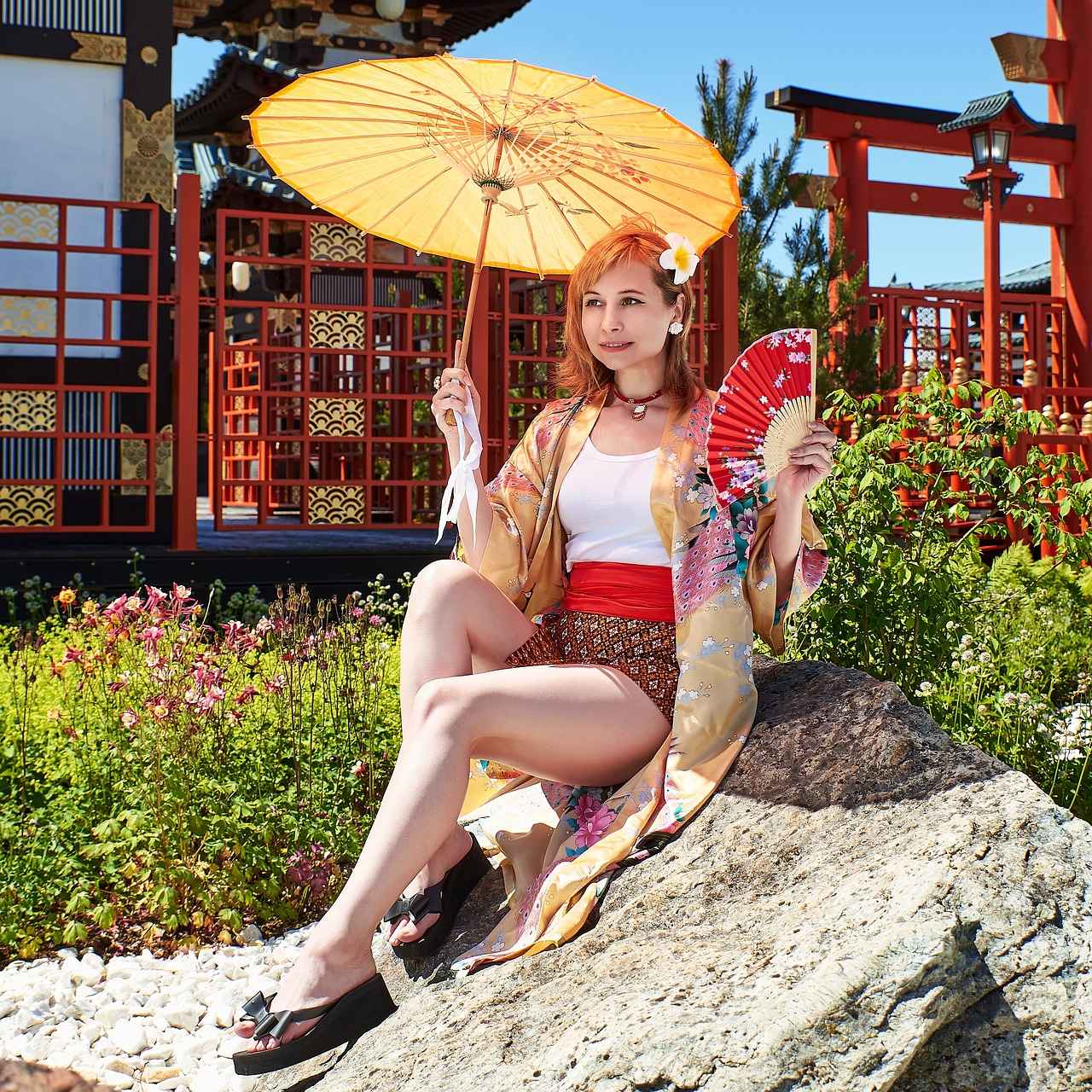
The Role of Tea in the Ceremony
In the heart of the Kimono Tea Ceremony, tea holds a profound significance that transcends mere consumption. It embodies the essence of Japanese philosophy, where each sip fosters a sense of harmony, respect, purity, and tranquility. These principles are not just ideals; they are integral to the experience of the ceremony, creating an atmosphere that encourages mindfulness and reflection.
The preparation and serving of tea are steeped in tradition, each step meticulously designed to enhance the overall experience. The act of whisking matcha, for instance, is a meditative process that invites participants to engage fully with the moment. This ritualistic approach transforms tea into a medium of connection, both between individuals and with nature.
Moreover, the choice of tea plays a crucial role in the ceremony. Matcha, a finely ground green tea, is often favored for its vibrant color and rich flavor, while sencha offers a more delicate taste. Each type of tea carries its unique characteristics, influencing the ambiance and emotional resonance of the gathering.
As participants savor the tea, they are reminded of the importance of mindfulness and appreciation for the present moment. This practice encourages a deeper connection with oneself and others, reinforcing the values of respect and tranquility that are central to the ceremony.
In conclusion, tea is not merely a beverage in the Kimono Tea Ceremony; it is a symbol of cultural heritage and a vessel for the fundamental values of Japanese society. Through the careful selection and preparation of tea, participants are invited to immerse themselves in a rich tapestry of tradition and meaning, fostering a sense of unity and peace.
Types of Tea Used
The tea ceremony is a profound reflection of Japanese culture, where the choice of tea plays a significant role in shaping the experience. Among the myriad of teas used, matcha and sencha stand out for their unique flavors and preparation methods. Each type of tea not only contributes to the sensory experience of the ceremony but also embodies distinct cultural meanings.
Matcha is a finely ground powder made from specially grown green tea leaves. Its vibrant green color and rich, umami flavor make it a favored choice in many tea ceremonies. The preparation of matcha involves whisking the powder with hot water using a bamboo whisk called a chasen, creating a frothy, vibrant beverage. This method requires skill and precision, symbolizing the meticulous nature of the tea ceremony itself.
On the other hand, sencha is a whole leaf green tea that is brewed by steeping the leaves in hot water. The flavor profile of sencha is often described as refreshing and grassy, with a slight sweetness. The brewing process is less labor-intensive than that of matcha, yet it still requires attention to detail in terms of water temperature and steeping time. This tea is typically enjoyed in a more casual setting, highlighting the versatility of the tea ceremony.
| Type of Tea | Flavor Profile | Preparation Method | Cultural Significance |
|---|---|---|---|
| Matcha | Rich, umami | Whisked with hot water | Symbol of harmony and mindfulness |
| Sencha | Refreshing, grassy | Steeped in hot water | Represents everyday elegance |
In conclusion, the selection of tea in the Kimono Tea Ceremony is a reflection of the deep-rooted traditions and philosophies of Japan. Both matcha and sencha offer unique experiences that enhance the overall atmosphere of the ceremony, inviting participants to appreciate the beauty of each moment.
Preparing the Tea
is an intricate process that embodies a rich tradition steeped in cultural significance. This art form goes beyond simply brewing a beverage; it is a ritual that requires skill, precision, and a deep understanding of the elements involved. The journey of preparing tea is a meditative experience, where every movement is deliberate and every detail counts.
At the heart of the tea preparation lies the selection of high-quality tea leaves, which can vary from matcha to sencha. Each type of tea brings its own unique flavor profile and health benefits, making the choice crucial for the overall experience. The water used must be at the perfect temperature, as this can significantly affect the taste and aroma of the tea.
- Water Quality: Pure, filtered water is essential for the best flavor.
- Temperature Control: Different teas require specific temperatures for optimal brewing.
- Timing: Steeping time varies and must be carefully monitored to avoid bitterness.
The utensils used in the tea ceremony also play a critical role. The tea whisk, bowl, and tea scoop are not merely tools; they are extensions of the tea master’s intent and respect for the tradition. Each item is chosen with care, reflecting the aesthetic principles of wabi-sabi, which embraces simplicity and the beauty of imperfection.
Furthermore, the atmosphere in which the tea is prepared is equally important. A calm and serene environment enhances the experience, allowing participants to appreciate the flavors, aromas, and the overall ambiance. This mindfulness transforms the act of preparing tea into a spiritual journey, fostering connections among participants and creating lasting memories.
In conclusion, the meticulous process of preparing tea is a profound art form that requires dedication and respect. It invites participants to engage fully with the moment, making each cup of tea not just a drink, but an experience to be cherished.
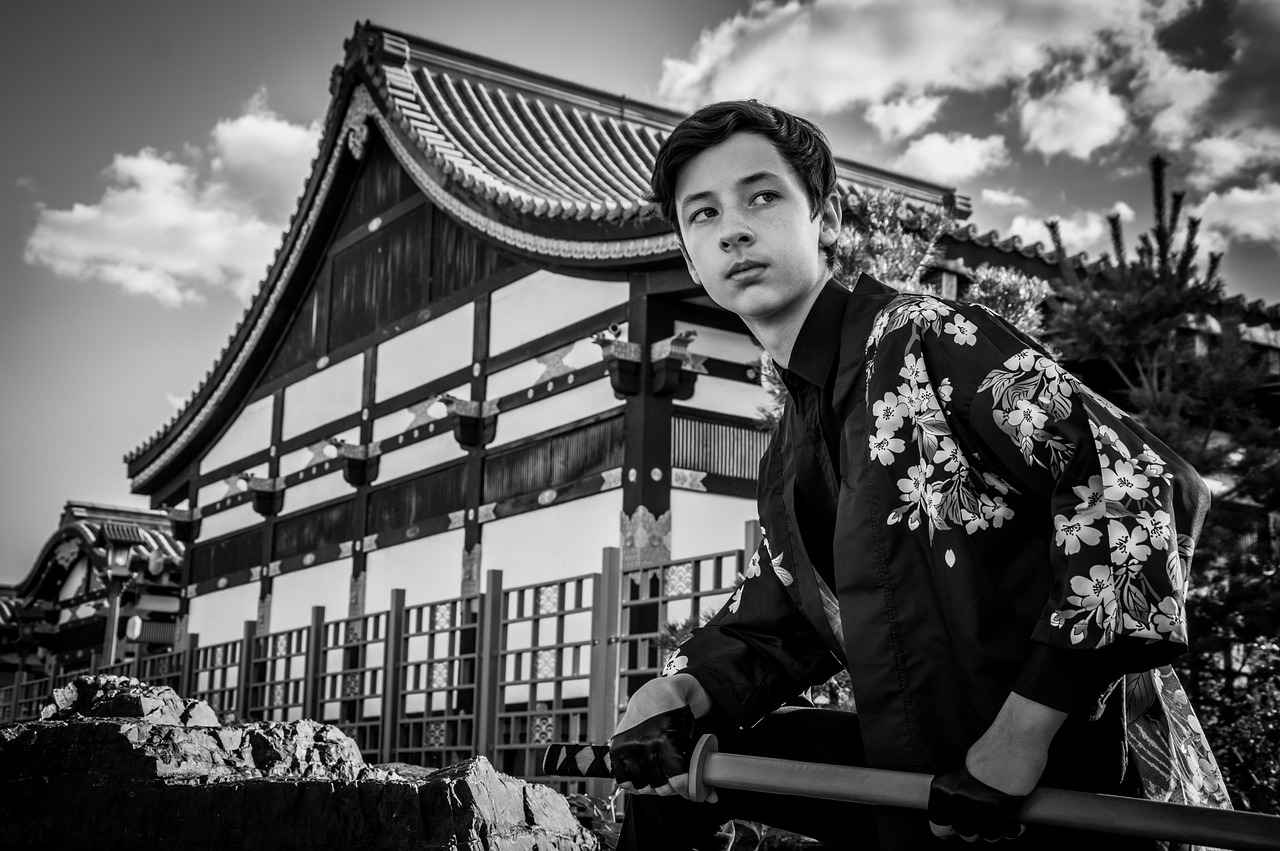
Cultural Impact of the Kimono Tea Ceremony
The Kimono Tea Ceremony holds a unique position in Japanese culture, having evolved beyond its traditional roots to become a significant influence on various aspects of contemporary society. This ceremony, rich in history and symbolism, has permeated numerous cultural domains, including art, social interactions, and even modern lifestyle trends.
One of the most notable impacts of the ceremony is its influence on Japanese art. The aesthetics of the tea ceremony, characterized by simplicity and elegance, have inspired countless artists throughout history. Traditional paintings often depict scenes of tea ceremonies, showcasing the intricate details of kimonos and the serene ambiance of the tea room. Additionally, pottery used in these ceremonies, such as tea bowls, has become a celebrated art form, reflecting the craftsmanship and cultural significance embedded in the ceremony.
Furthermore, the Kimono Tea Ceremony has adapted to modern times, merging traditional practices with contemporary influences. This evolution has made the ceremony more accessible to younger generations, who seek to connect with their heritage while embracing modernity. Workshops and events are now held globally, inviting individuals from diverse backgrounds to experience this cherished tradition.
Social interactions during the tea ceremony also reflect its cultural impact. The principles of respect, harmony, and mindfulness emphasized in the ceremony foster a sense of community and connection among participants. In today’s fast-paced world, these values resonate deeply, encouraging individuals to slow down and appreciate the moment.
In conclusion, the extends far beyond its traditional origins. By influencing art, adapting to modern contexts, and promoting meaningful social interactions, the ceremony continues to thrive and evolve, highlighting its enduring significance in Japanese culture.
Influence on Japanese Arts
The aesthetics of the tea ceremony have profoundly influenced various forms of Japanese art, creating a rich tapestry of cultural expression that reflects the values and philosophies inherent in this ancient practice. The tea ceremony is not merely a ritual; it is an art form that encapsulates the essence of Japanese culture, emphasizing harmony, respect, and tranquility.
1. Painting
- Japanese painters often draw inspiration from the serene landscapes and tranquil moments associated with the tea ceremony. Traditional ink wash paintings, known as sumi-e, frequently depict scenes of tea preparation and the natural beauty surrounding tea houses.
- Furthermore, the use of color palettes in these paintings is often influenced by the seasons, mirroring the seasonal variations in tea ceremony attire and decor.
2. Pottery
- The ceramics used in the tea ceremony, such as chawan (tea bowls), are crafted with meticulous attention to detail. Each piece is designed not only for functionality but also as a work of art that reflects the aesthetic principles of simplicity and impermanence.
- Famous pottery styles, such as Raku and Shino, have emerged from the tea ceremony, showcasing unique textures and glazes that enhance the overall experience of tea drinking.
3. Calligraphy
- The art of calligraphy, or shodō, is often practiced in conjunction with the tea ceremony. The characters written during the ceremony reflect the values of mindfulness and presence, embodying the spirit of the moment.
- Calligraphy can also be used to create decorative scrolls that adorn tea rooms, adding an additional layer of beauty and meaning to the ceremony.
In summary, the tea ceremony serves as a catalyst for artistic expression in Japan, influencing painting, pottery, and calligraphy. These art forms not only celebrate the aesthetics of the ceremony but also preserve its cultural significance, ensuring that the values of harmony, respect, and tranquility continue to resonate through generations.
Modern Adaptations of the Ceremony
The Kimono Tea Ceremony has undergone significant transformations in recent years, making it more accessible and appealing to a broader audience. This evolution reflects a blend of traditional practices with contemporary influences, allowing the ceremony to resonate with modern sensibilities.
One of the most notable modern adaptations is the incorporation of interactive elements. Many tea houses now offer workshops where participants can engage hands-on with the tea-making process, learning the intricacies of matcha preparation and the art of serving tea. This shift not only educates newcomers but also fosters a deeper appreciation for the cultural heritage behind the ceremony.
Furthermore, the use of social media platforms has played a pivotal role in promoting the tea ceremony. By sharing visually captivating images and videos, enthusiasts can showcase the beauty of the ceremony, attracting younger generations who may have previously felt disconnected from traditional practices. This digital presence has sparked an interest in kimono fashion as well, leading to a resurgence in the popularity of wearing kimonos during casual gatherings and events.
Another trend is the fusion of the tea ceremony with other cultural practices. For instance, some venues now host tea and art events, where participants can enjoy tea while engaging in creative activities such as painting or pottery. This not only enhances the experience but also highlights the interconnectedness of various art forms within Japanese culture.
In conclusion, the modern adaptations of the Kimono Tea Ceremony exemplify a dynamic cultural evolution. By embracing contemporary influences while respecting traditional values, the ceremony continues to thrive, inviting new audiences to partake in its rich heritage.
Frequently Asked Questions
- What is the significance of the kimono in the tea ceremony?
The kimono is not just a piece of clothing; it’s a symbol of elegance, respect, and deep-rooted cultural heritage. Wearing a kimono during the tea ceremony enhances the overall experience, connecting participants to Japan’s rich traditions.
- How do different types of kimonos affect the tea ceremony?
Each type of kimono carries its own meaning and is chosen based on the occasion. For instance, formal kimonos are worn during significant ceremonies, while informal ones suit casual gatherings. This choice can set the mood and reflect the level of respect for the event.
- What types of tea are typically used in the ceremony?
Matcha and sencha are the stars of the tea ceremony. Matcha, a powdered tea, is whisked into a frothy drink, while sencha is brewed from whole leaves. Each type offers a unique flavor, contributing to the overall experience and philosophy of harmony and tranquility.
- Is there a specific etiquette to follow during the tea ceremony?
Absolutely! Etiquette is key in the tea ceremony. It involves mindful movements, respectful gestures, and an appreciation for the art of tea making. This emphasis on respect and mindfulness is what truly enhances the experience for everyone involved.
- How has the kimono tea ceremony influenced modern Japanese culture?
The ceremony has transcended its traditional roots, inspiring various forms of art, including painting, pottery, and calligraphy. Today, it continues to evolve, blending with contemporary influences to engage new audiences while retaining its core values.
